Air purifiers have a lot of unique smells that people do not expect when they get them unboxed and turned on. Some Not So Good.
There’s been more than once when somebody told me about an air purifier that they used to have that smelled weird.
My answer is “Was it an ionic air purifier?”
That’s usually the best place to start when talking about why a air purifier smells funny.
Ionic air purifiers create ozone as a byproduct and ozone is a major contributor to the smell that an air purifier makes.
But not all air cleaner smells or related to Ozone, so we’ll try to do our best to lay out why and what certain smells are.
Levoit Air Purifiers are the Best Selling air cleaners on Amazon.
Check them out here.
Why Does My Air Purifier Smell Bad?
Some of the smells associated with air purifiers include:
- Ozone
- Chlorine
- Wet dog
- Sweet
- Plastic
- Burning
Not all smells associated with air purifiers are bad, just unexpected. Though any odor can be annoying if it persist.
Not everyone can handle the smell of cologne on them all day long, even though most would argue that it’s a good smell.
It’s the same thing with using a air cleaner that produces a smell. It’s part of the process.
1. Air Purifier Smells Like Ozone
Ozone has a smell that is slightly antiseptic smelling, something akin to bleach or chlorine. Though many people, especially air purifier salespeople, will tell you that ozone has an after-a-thunderstorm fresh smell, ozone coming off of an air purifier can be much stronger and much more assaulting to the senses.
If you have an air purifier that creates ozone, then you more than likely have a blue light glowing somewhere on the air purifier when it is turned on.
If the blue light is more on the purple side, there is a chance that the smell of ozone coming from your air purifier is not normal and there is much more ozone being released than you should be breathing. You should turn it off and have it repaired.
Otherwise, if you are not used to the smell of ozone, it can be alarming, but does not mean that it is not beneficial.
An easy solution to get the benefits from your air purifier without having to smell the ozone is to put the air purifier on a timer and let it run for a couple of hours a day while no one is at home. Be sure that it turns off in enough time before anyone is home so that the ozone dissipates.
2. Air purifier smells like chlorine
The chlorine smell that certain air purifiers make is most likely ozone.
Ionic air purifiers and UV air purifiers both manufacturer ozone as a byproduct. Though most air purifiers do not create a dangerous amount of ozone, you can still smell ozone at a very low level.
Some companies do not advertise or mention that their air purifiers create ozone. It if the level of ozone is small enough, they are not required to tell you in most states. Normally there will be language like ” After a Thunderstorm Smell” or make claims that their air cleaners remove 98% of germs in their literature somewhere.
3. Air purifier smells like wet dog
Wet dog is a distinctive smell.
All mammals including yourself and me have bacteria and yeast living on us.
You don’t usually notice any odors from this fact but when it comes to dogs, they have a different body chemistry that when wet unleashes a musty mixture of scents referred to as wet dog.
People often have the same kind of complaints of wet dog smell coming from there HVAC central heat and air unit is they do from their HEPA air purifier.
The smell has to do with the bacteria, yeast, and mold.
Though it may be disconcerting that the machine that was supposed to eliminate the airborne contaminants is now the culprit releasing the odors, it can also be taken as a signal that it is time to change the filters.
4. Air purifier smells sweet
A sweet smell coming from an air purifier is more than likely the aroma of the carbon filter.
Carbon filters are known for having a sweet smell right out of the box , some people even go as far as to describe it as a cake-like smell.
Though it may be annoying if you do not like the smell, you can also be a very advantageous tool when trying to decide if it’s time to change your carbon filter.
That sweet smell of a carbon filter is a good indicator whether or not it’s time to change the carbon filter. Very simply, if the carbon still smells sweet, then you’re filter is good. But if the sweet smell is gone, the carbon has probably adsorbed as much as it’s going to and it’s time to change the carbon filter.
5.Air purifier smells like plastic
Plastics, when they are being molded give off a very strong smell. Molding areas must be vented very well for technicians to be able to work in their areas because of the intense smell.
Air purifiers made from plastic can retain many of the odors from the original molding process. Also since air purifiers are electronically powered, fumes from the plastic may also be re-released when heated up by electricity.
Either way, the smell will dissipate and after a few uses the smell should be completely gone.
If you have a plastic air purifier that continually smells strong of burning plastic even after a few uses then there may be a problem that is actually burning plastic as it is running.
That would be a fire hazard.
If that is the case then discontinue use and call the manufacturer.
 6. Air purifier smells like burning.
6. Air purifier smells like burning.
Air purifier like any other appliance runs off of electricity. If you have just pulled the air purifier out of the box and ran it for the first time or even a few times, the smell of burning may be related to off-gassing from plastics that are being reheated by electricity.
Any burning smells in this case will probably be unnoticeable within a few days and are simply “new car” smells.
But if you feel like there is a stronger then usual burning smell coming from your air purifier, then you need to turn the air purifier off and have it checked.
Most of the time when there is any kind of shorting out of an appliance, it will either trip a breaker or a safety switch located on the appliance.
Another strong or burning smell can be related to air purifiers that use ultraviolet light. If there is a very strong smell coming from a UV lamp, then the light has malfunctioned.
A UV lamp that is malfunctioning can create a strong stench ozone.
BlueAir Represent the Best in Home Air Purification You can see them here
Summary
Why does my air purifier smell bad? Air purifiers have multiple reasons why they can have a smell coming from them.
The reasons are typically ozone related, but other reasons can include filters that are dirty, off-gassing from plastics, Malfunctioning UV lamps, and the unusual sweet smell that comes from activated carbon.
Though most smells are normal for the type of air purifier and the technology that they employ, If there is a particularly strong or burning smell not characteristic of the air purifier, then you should shut it off and call the manufacturer.
FAQ
Why does my air purifier emit an unusual smell when I first use it?
The smell you notice when you first use your air purifier could be due to off-gassing from plastics used in its construction or from new filters, especially carbon filters, which can have a sweet, cake-like scent. This is generally normal and should dissipate after a few uses.
Is it normal for my air purifier to smell like ozone?
Yes, it’s common for ionic air purifiers to emit a smell reminiscent of ozone, which might be slightly antiseptic, akin to bleach or chlorine. This is due to the ozone produced as a byproduct of the ionization process.
What does it mean if my air purifier smells like chlorine?
A chlorine-like smell from your air purifier is likely indicative of ozone production. This is typical of ionic and UV air purifiers, which produce ozone as a byproduct. Though usually not harmful, the smell can be noticeable even at low levels.
Why does my air purifier have a wet dog smell?
A wet dog smell from your air purifier could be due to the growth of bacteria, yeast, and mold in the filters, particularly if they are not changed regularly. This indicates it might be time to replace the filters.
My air purifier smells sweet. Is this normal?
Yes, a sweet smell is often emitted from the carbon filters in air purifiers. This scent is normal for new filters and can serve as an indicator of when the filter needs to be changed – when the sweet smell fades, it’s time for a replacement.
What should I do if my air purifier smells like burning plastic?
If your air purifier emits a burning plastic smell, it could be due to the initial off-gassing of materials. However, if the smell persists, it may indicate a malfunction. In such cases, discontinue use and contact the manufacturer, as it could be a fire hazard.
Is it safe to use an air purifier that smells like burning?
If you notice a persistent burning smell from your air purifier, it’s important to turn it off immediately and have it checked, as this could indicate an electrical fault or a malfunctioning UV lamp, which can be dangerous.
Can the smell from my air purifier be harmful?
While most smells from air purifiers, like ozone or off-gassing from new filters, are not harmful, persistent strong or burning smells should be taken seriously as they could indicate a malfunction or a fire hazard.
How can I reduce the smell of ozone from my air purifier?
To reduce the ozone smell, you can put your air purifier on a timer to run for a couple of hours when no one is at home, ensuring it turns off well before anyone returns. This allows the ozone to dissipate and reduces exposure.
Should I be concerned about the smell of chlorine from my air purifier?
While a chlorine-like smell, which is actually ozone, is common in ionic and UV air purifiers, it’s usually not a cause for concern unless the smell is unusually strong. In such cases, it’s advisable to check the device for proper functioning.


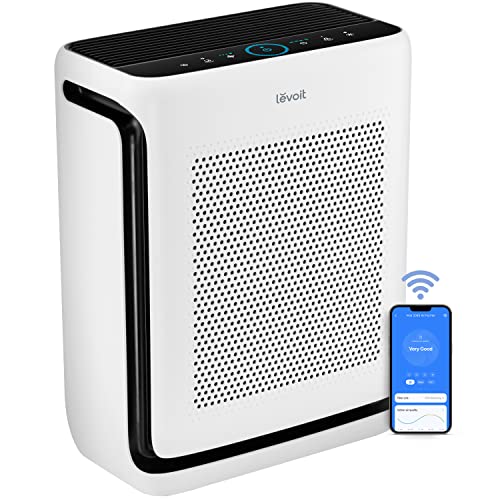
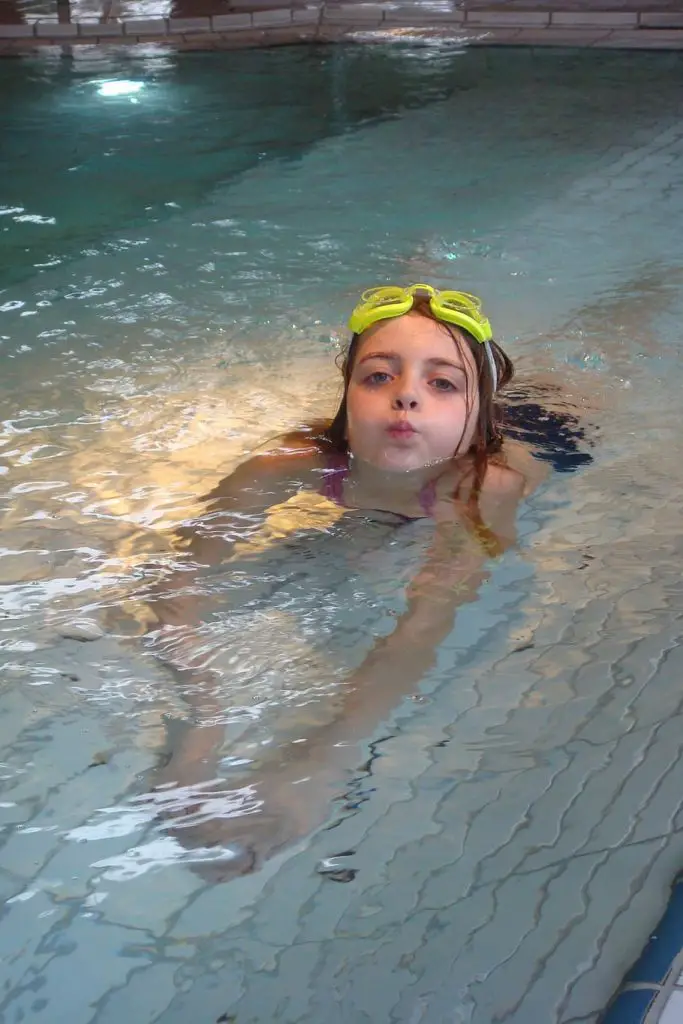


 6. Air purifier smells like burning.
6. Air purifier smells like burning.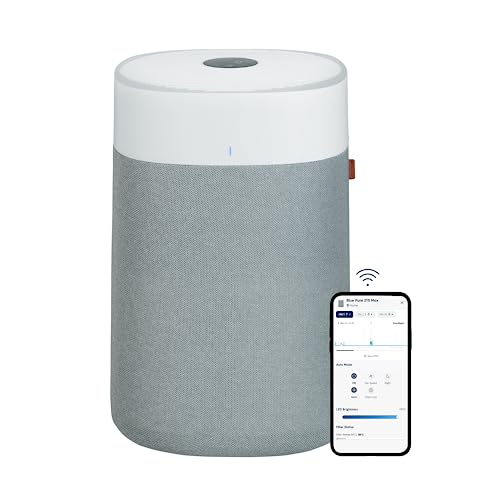
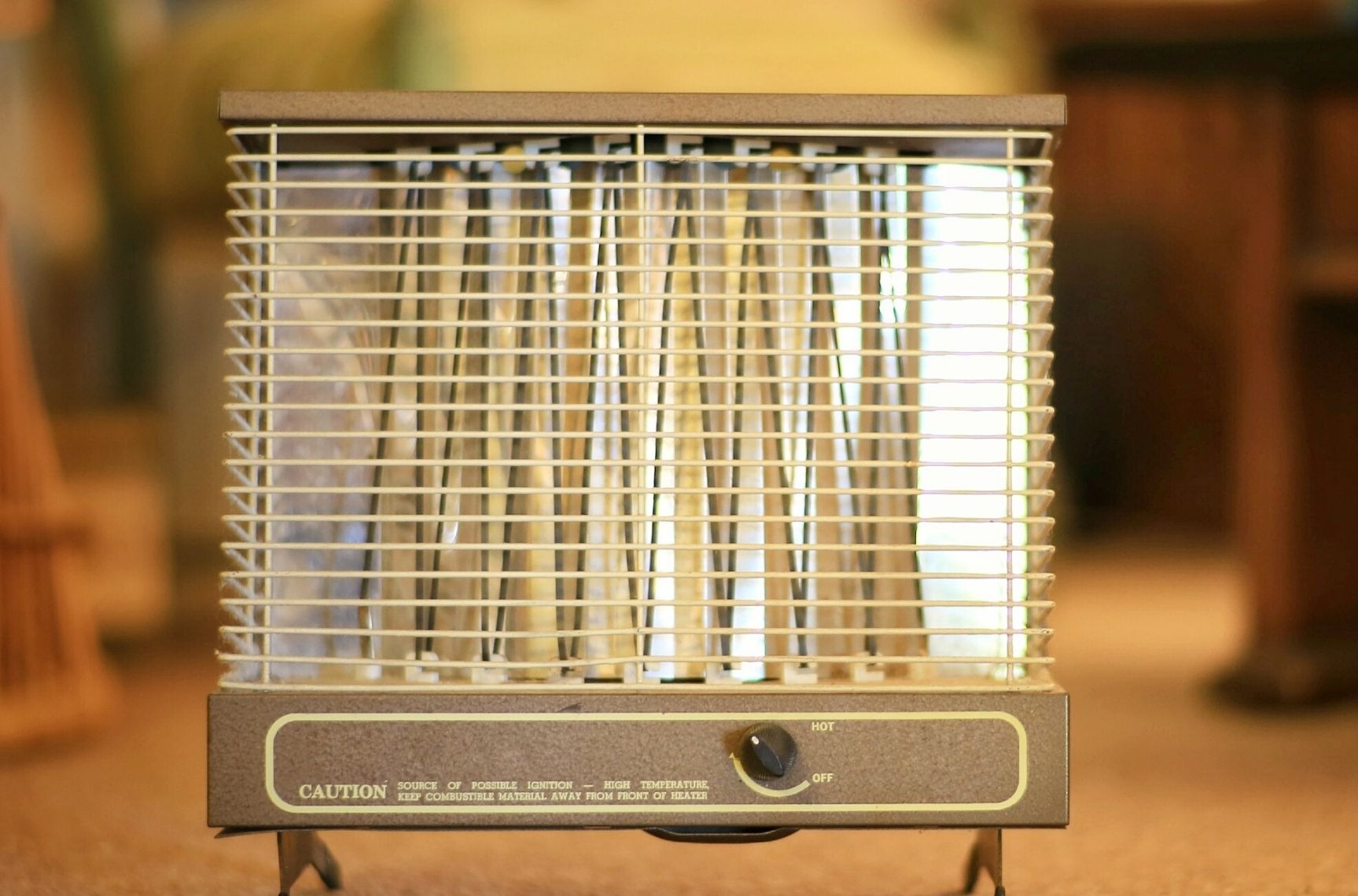

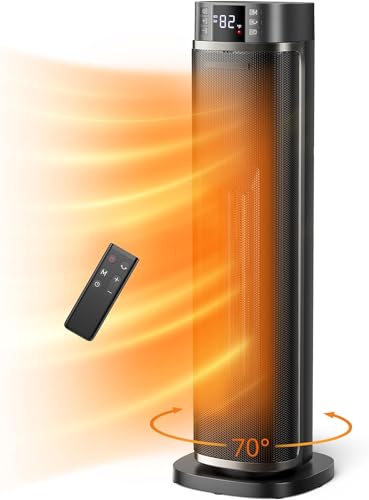
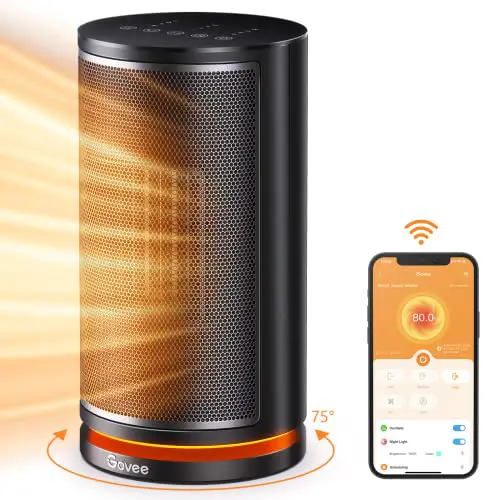


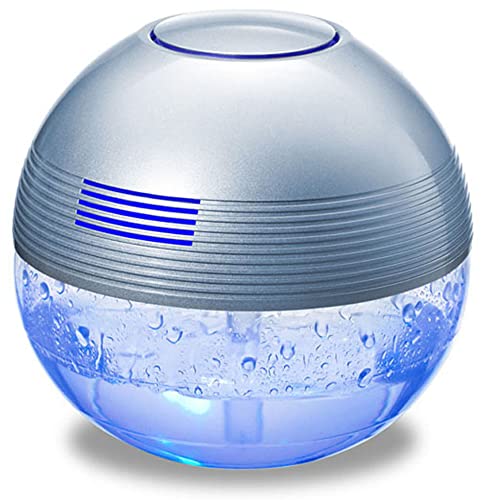
 These types of water air cleaners are a great idea as long as you understand that they are a jack-of-all-trades type of unit that will marginally work as a air purifier, humidifier, and diffuser but are not designed to do any of these things especially the best.
These types of water air cleaners are a great idea as long as you understand that they are a jack-of-all-trades type of unit that will marginally work as a air purifier, humidifier, and diffuser but are not designed to do any of these things especially the best.
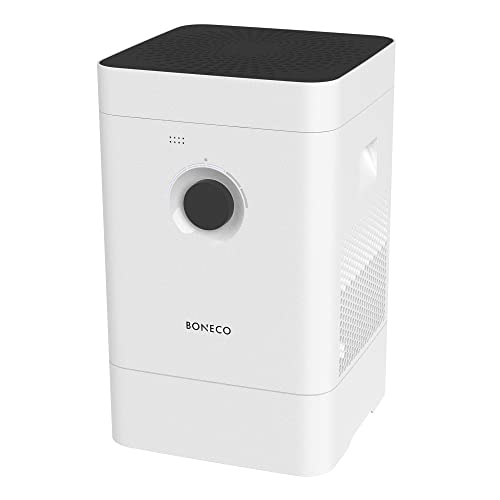

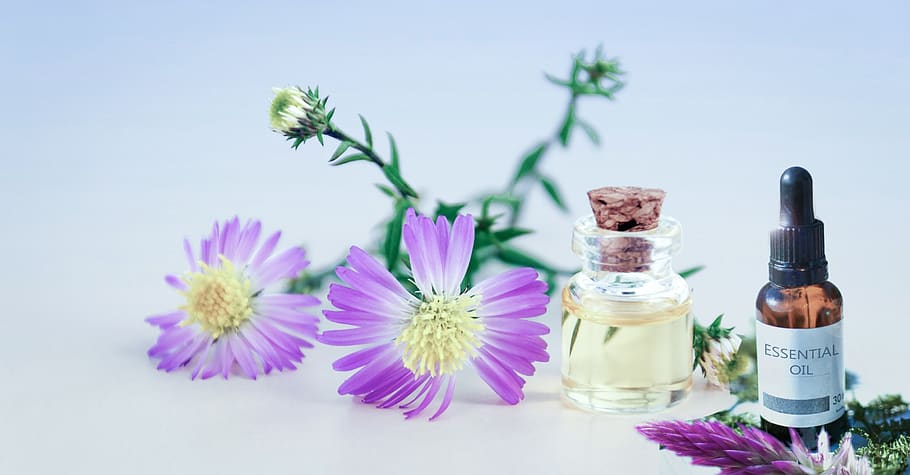 Adding Aromatherapy with Essential Oils
Adding Aromatherapy with Essential Oils

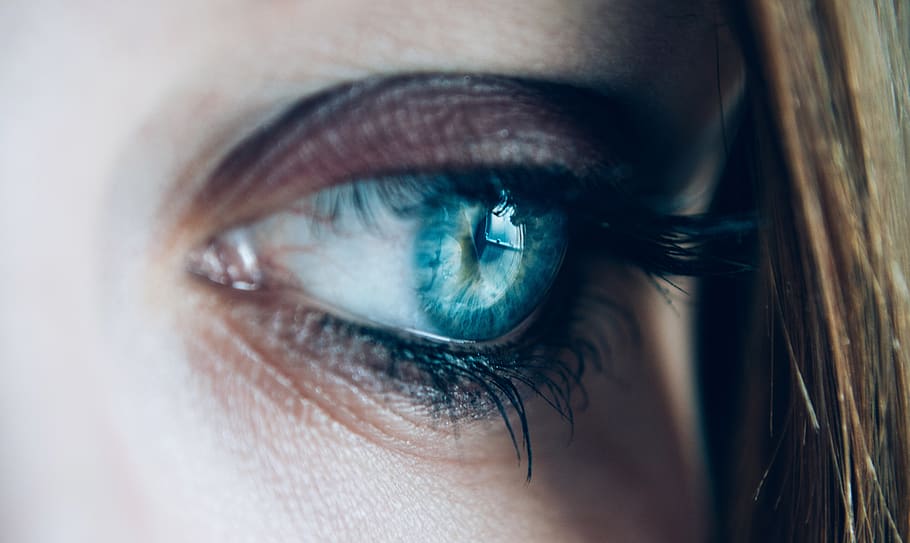 Ultraviolet light
Ultraviolet light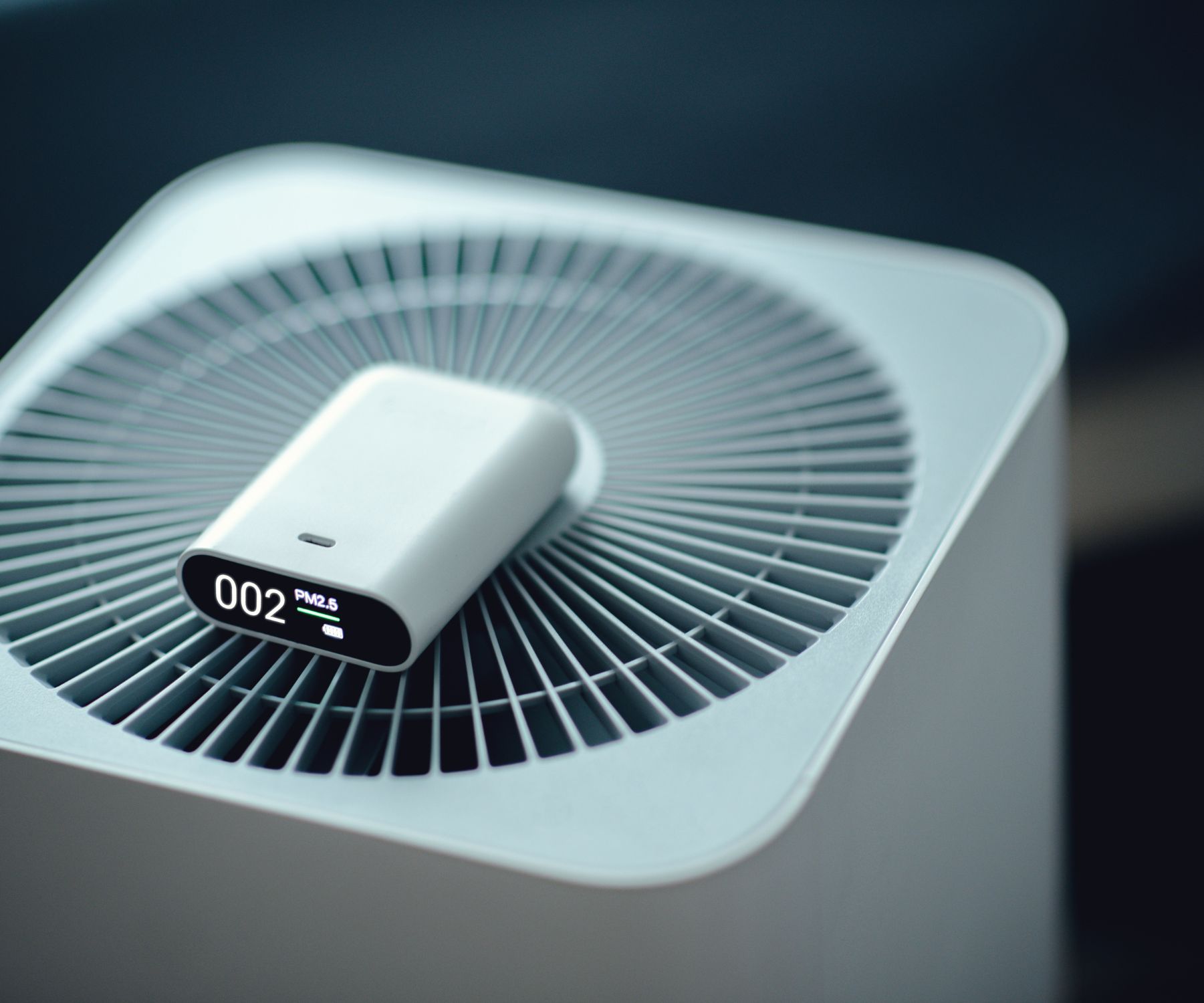
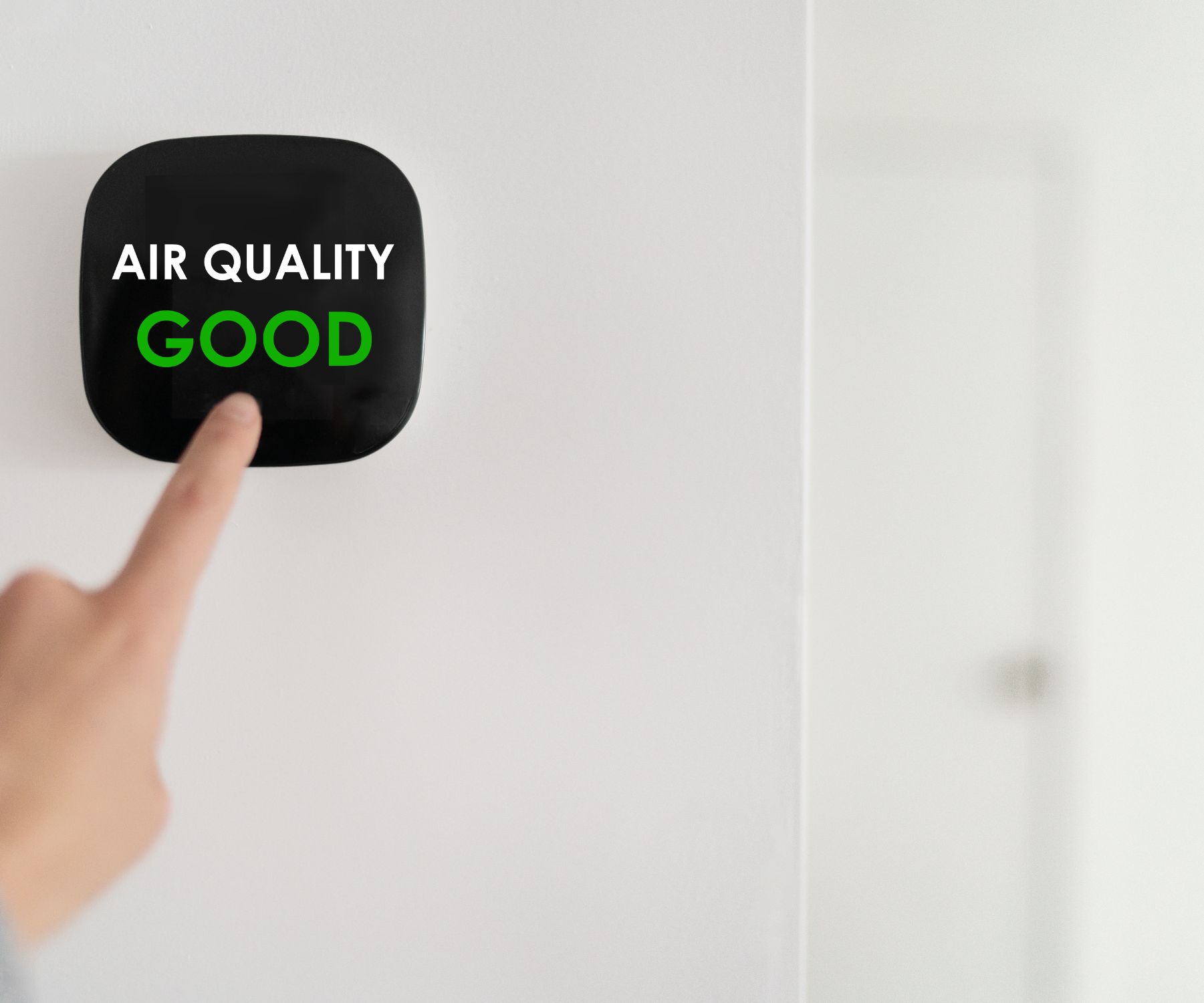
 PCO induct purifiers
PCO induct purifiers Summary.
Summary.
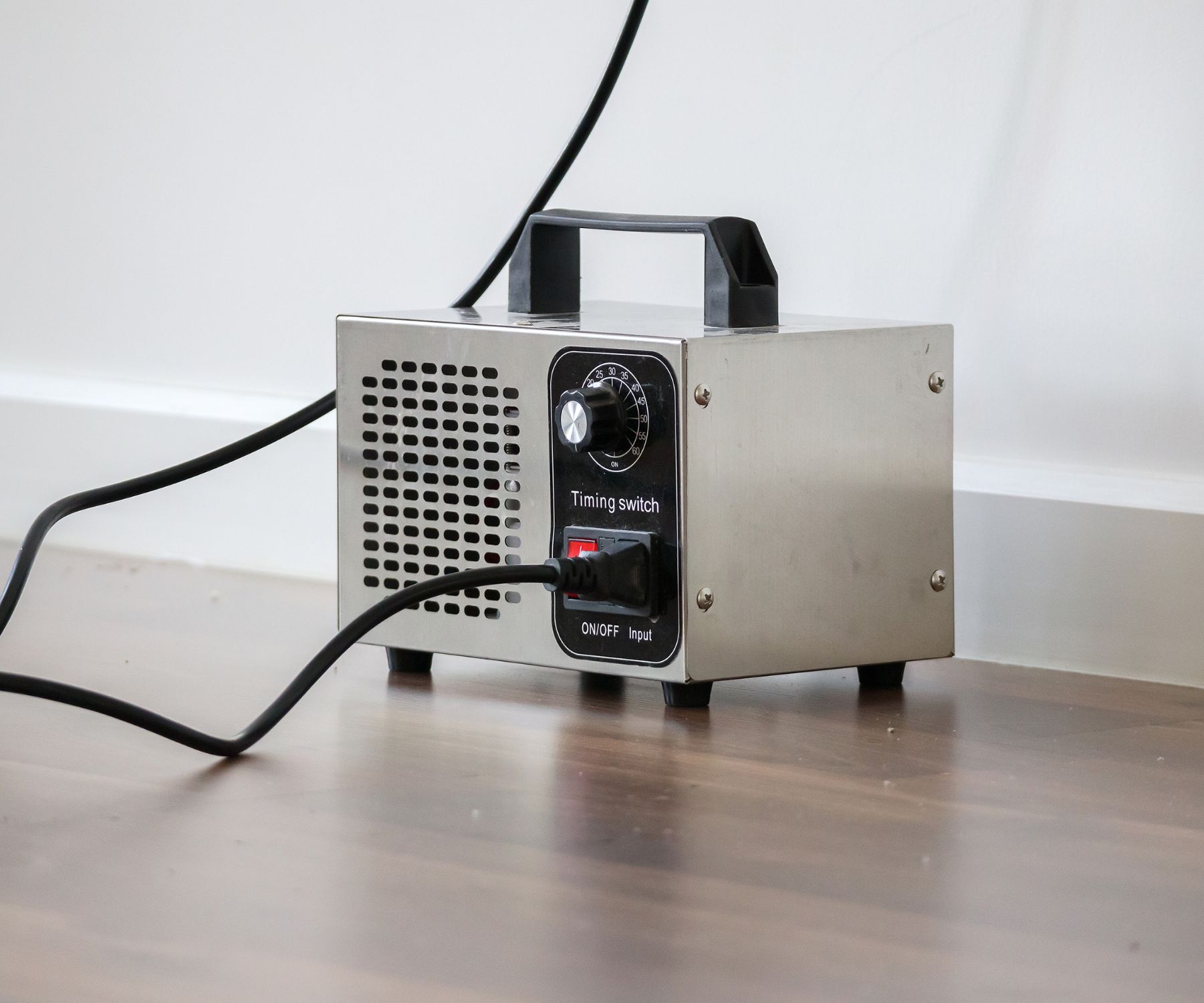
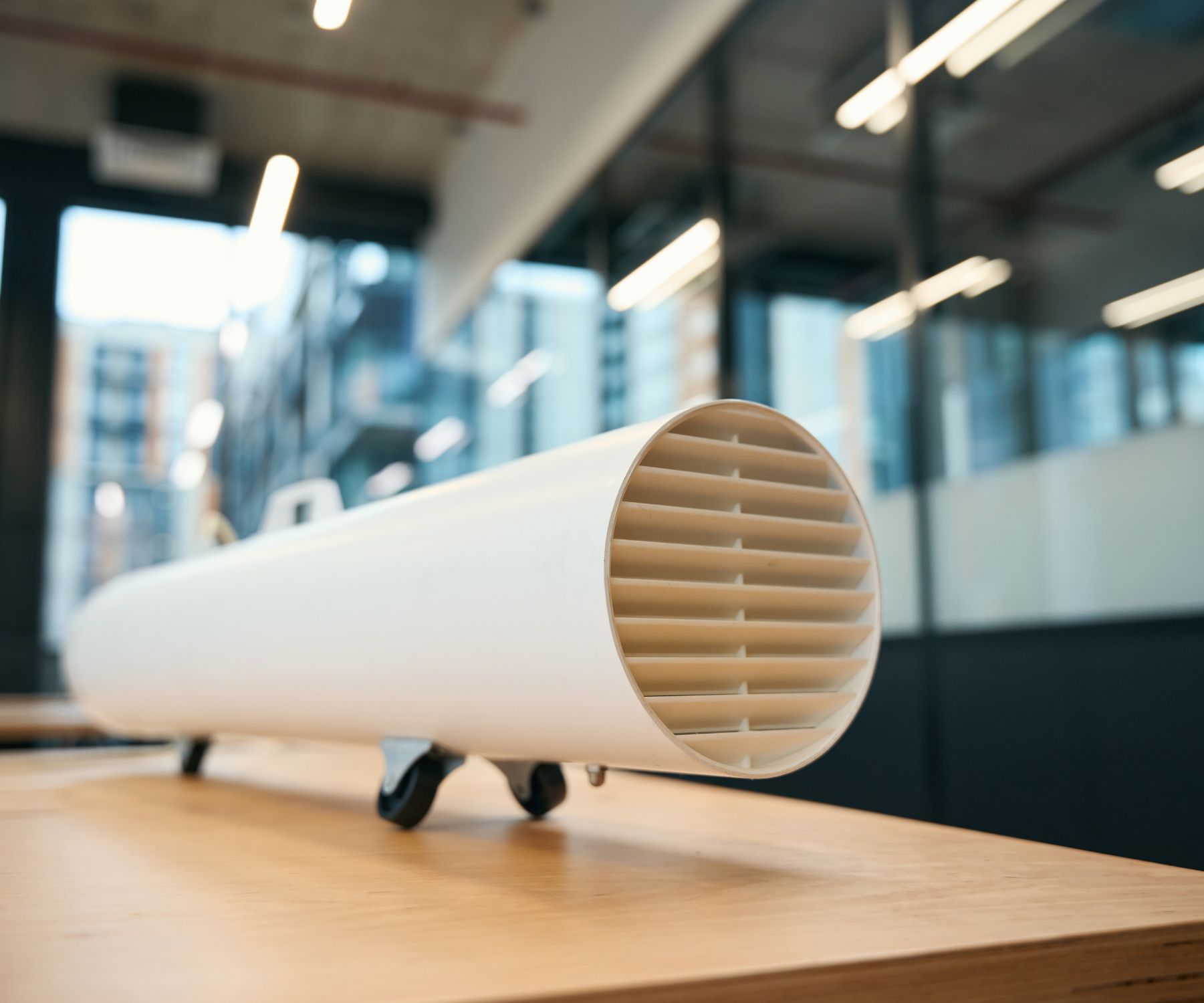
 Do ozone generators remove cigarette smoke odor?
Do ozone generators remove cigarette smoke odor? Ozone Mold
Ozone Mold
 Ozone Generator Applications
Ozone Generator Applications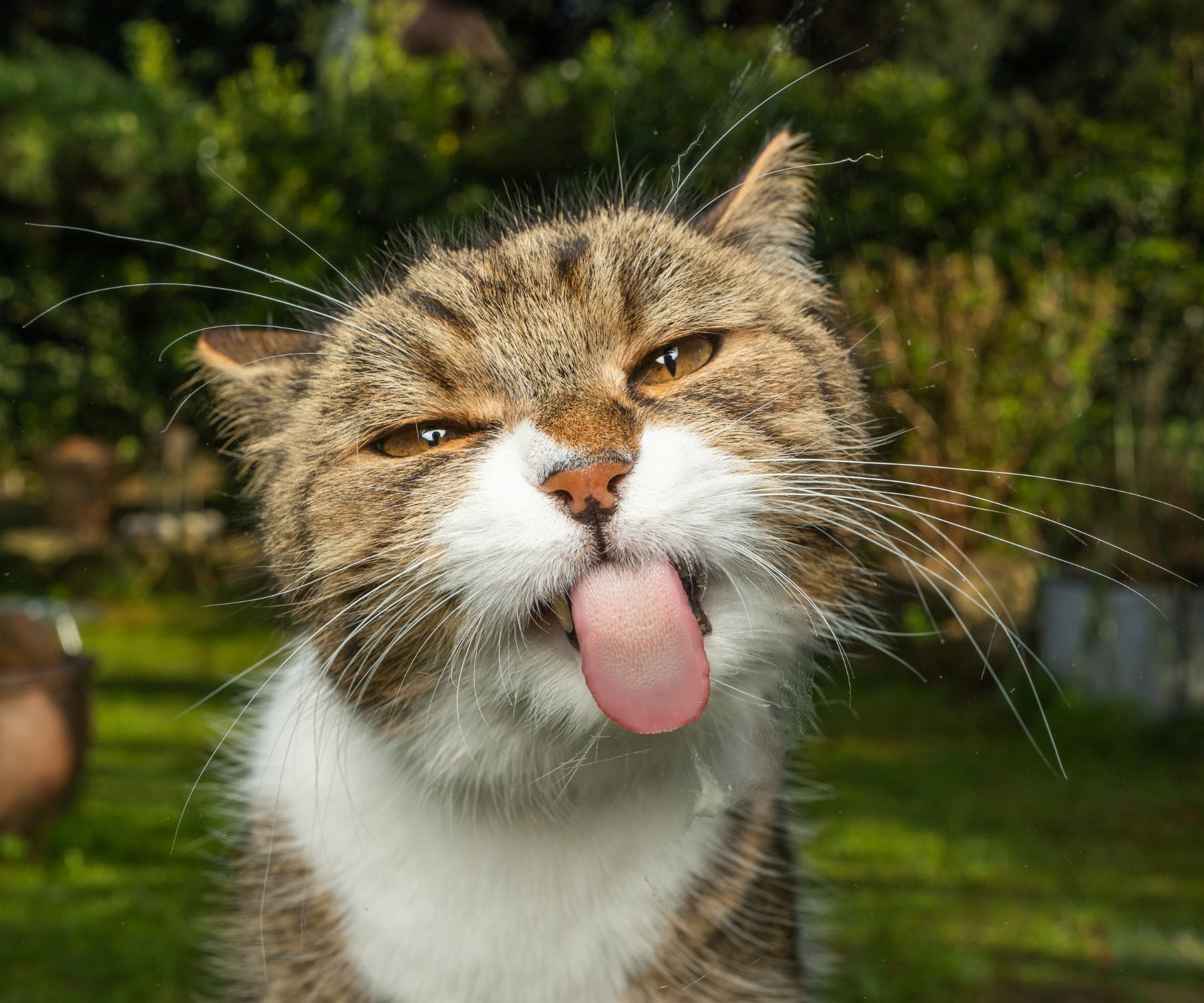
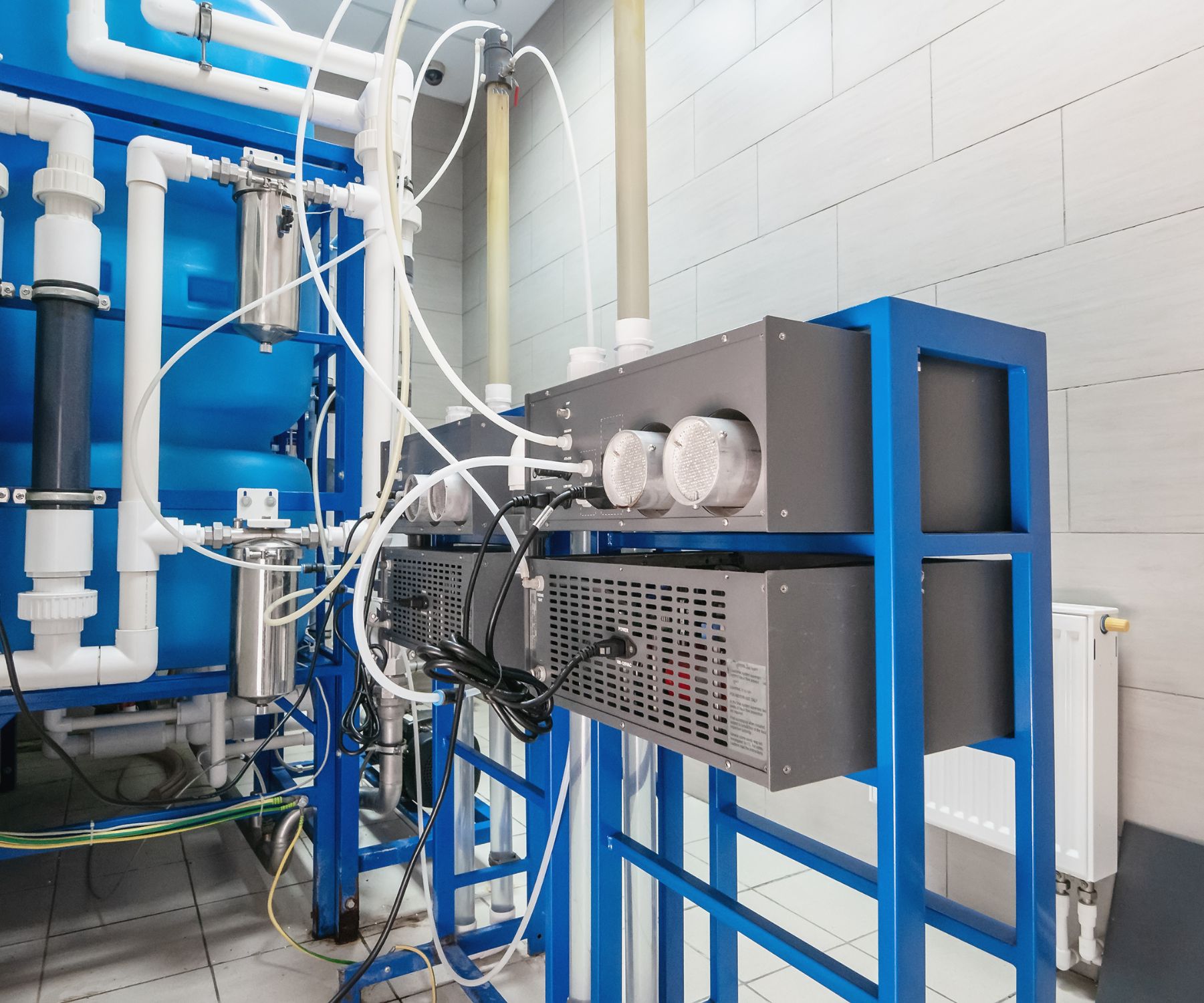
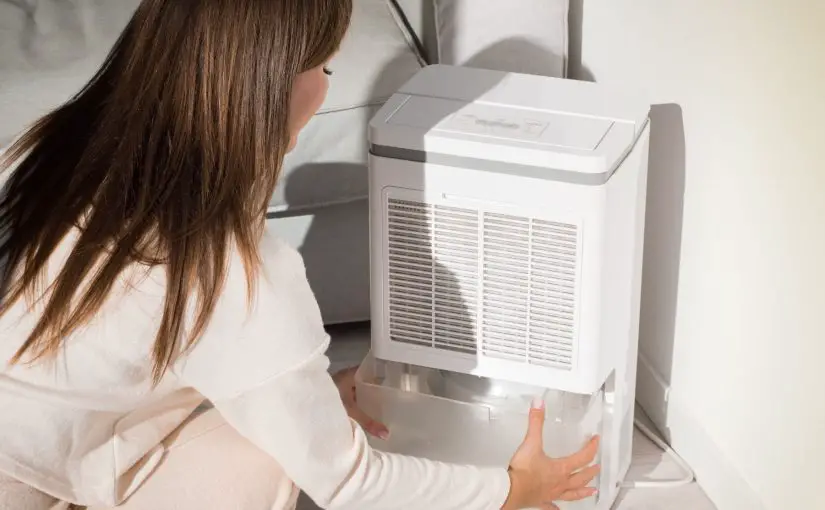
 In the South where I live, the humidity can get so high that you cannot even tell if the air conditioner is running or not.
In the South where I live, the humidity can get so high that you cannot even tell if the air conditioner is running or not.


 Can dehumidifiers cause you to cough?
Can dehumidifiers cause you to cough? Are dehumidifiers safe for pets?
Are dehumidifiers safe for pets?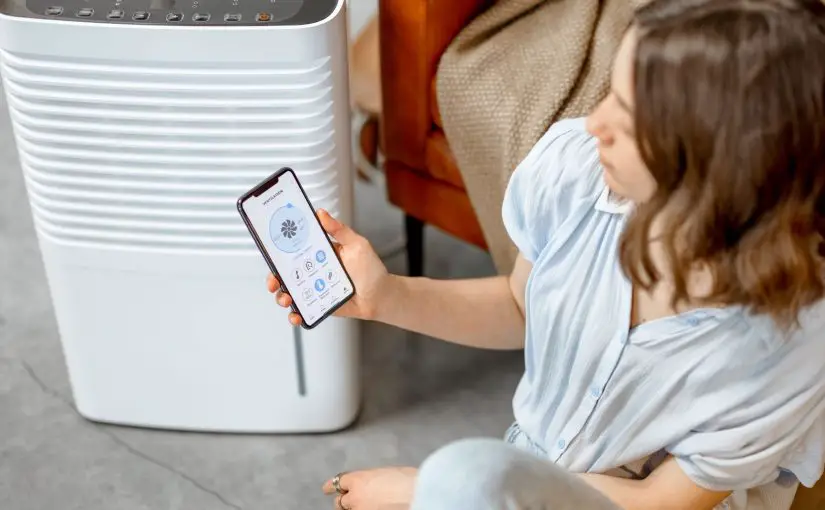
 Yes, air purifiers are generally worth the investment for your home, despite the upfront cost.
Yes, air purifiers are generally worth the investment for your home, despite the upfront cost. 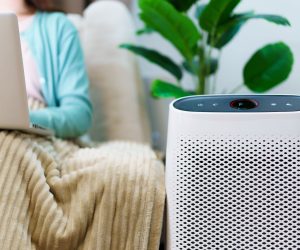 A little further investigation
A little further investigation Are Air Purifiers Worth the Cost?
Are Air Purifiers Worth the Cost?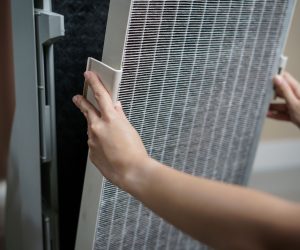 HEPA
HEPA
 Does a dehumidifier heat up a room?
Does a dehumidifier heat up a room?

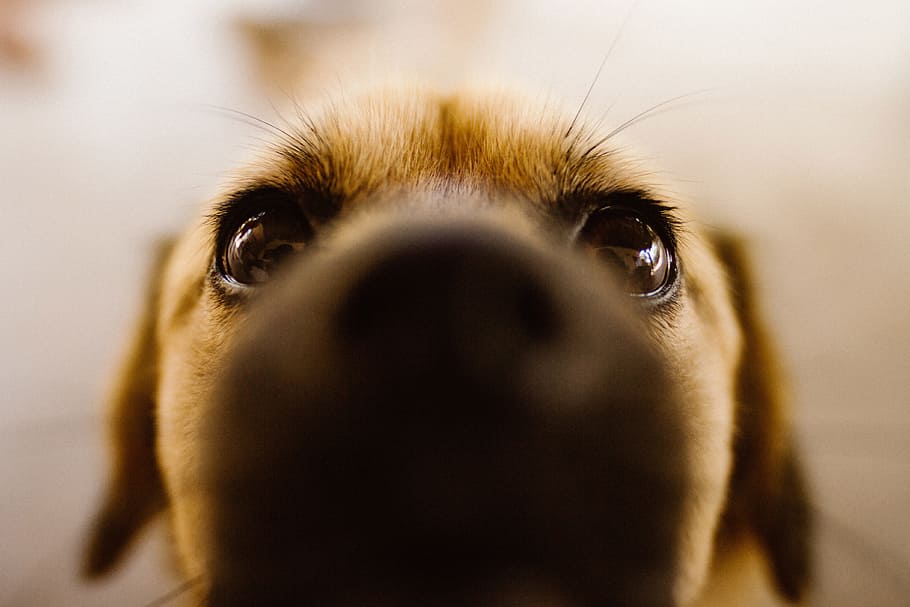 Are dehumidifiers loud?
Are dehumidifiers loud?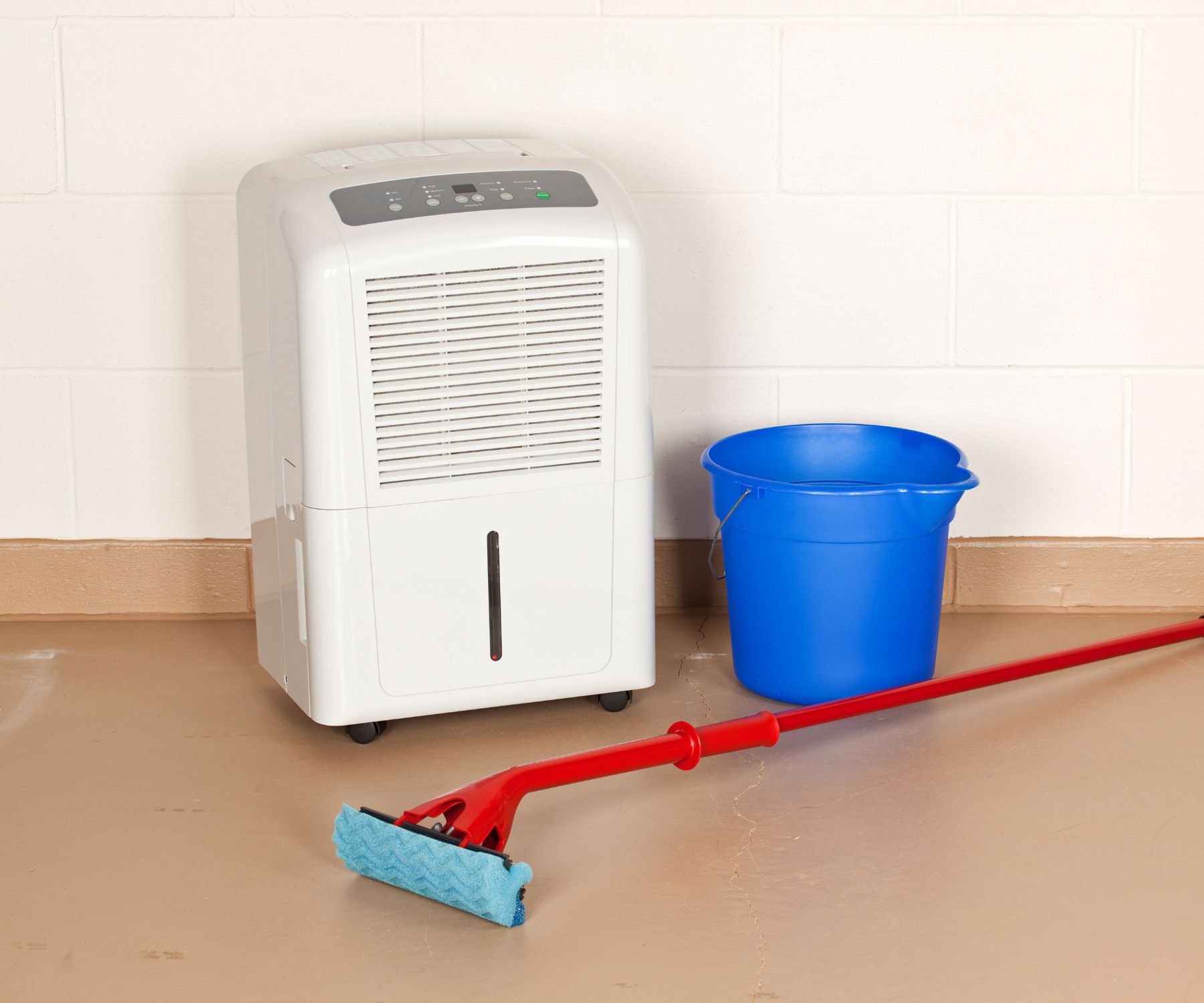 Summary
Summary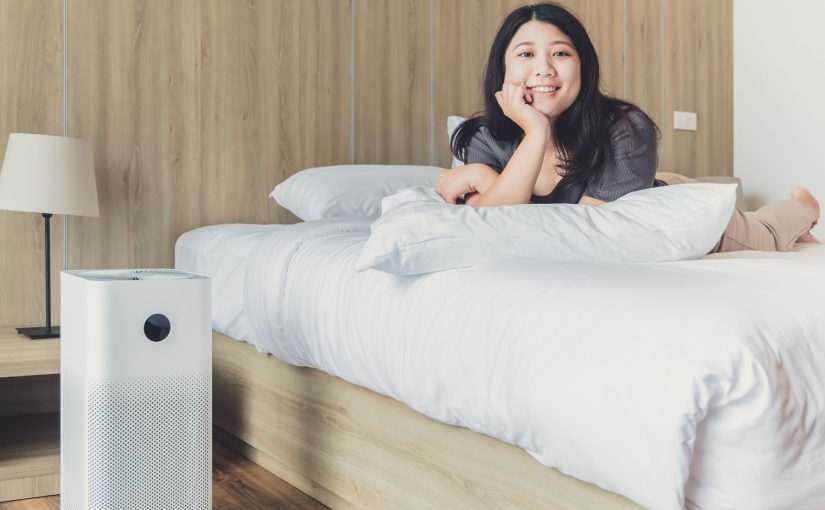
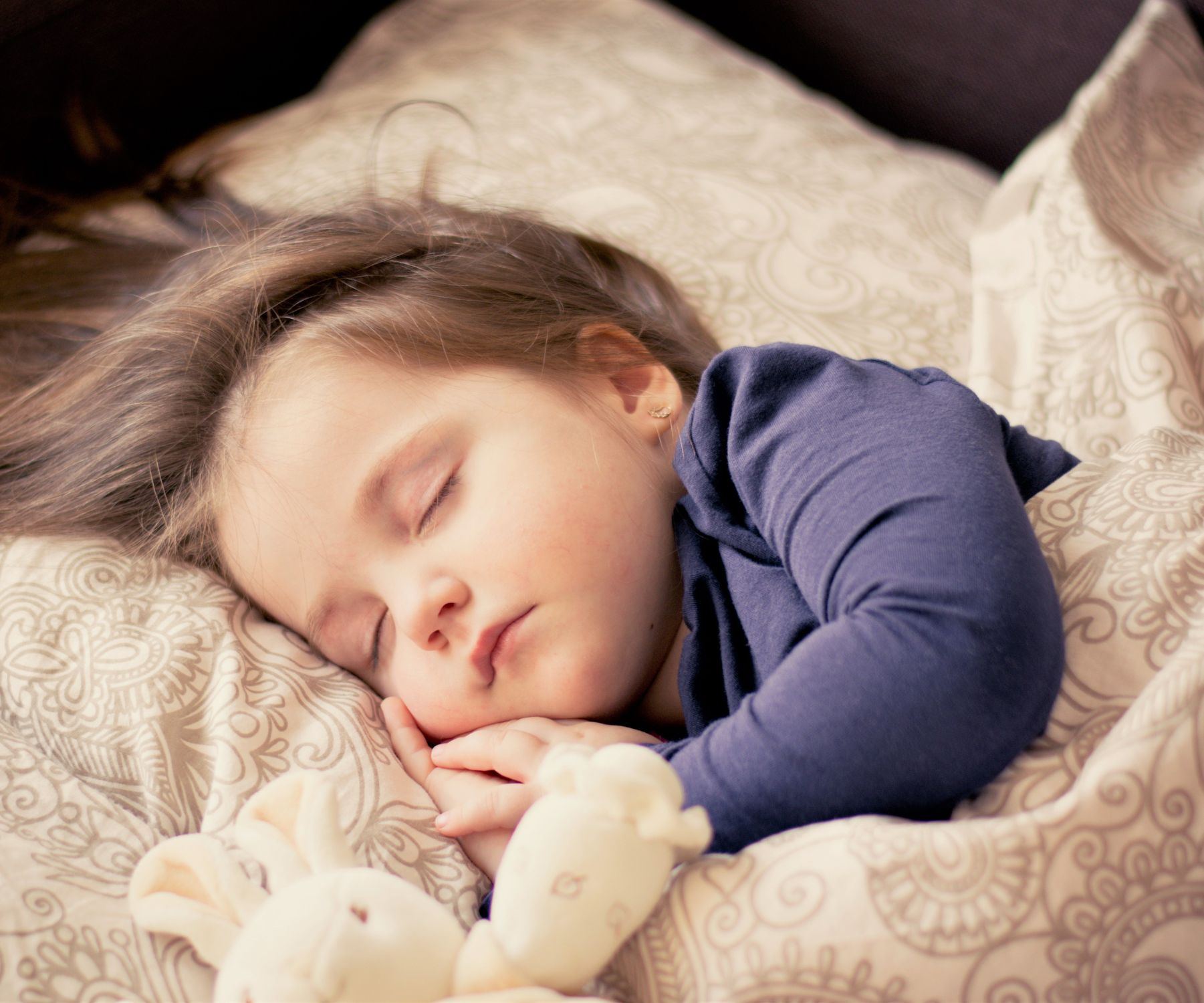





 When I was younger I played lead guitar in a band that practiced in a friends basement.
When I was younger I played lead guitar in a band that practiced in a friends basement.
